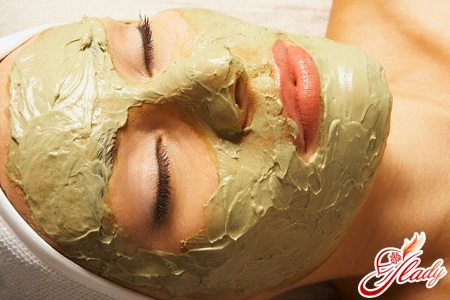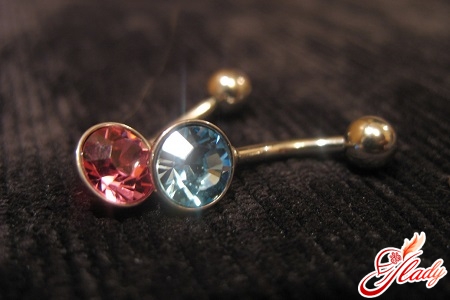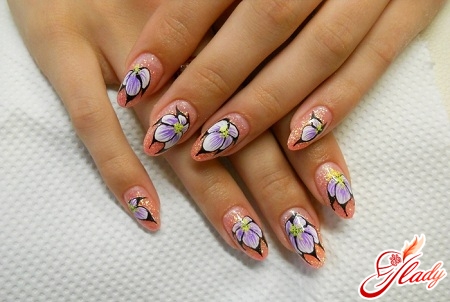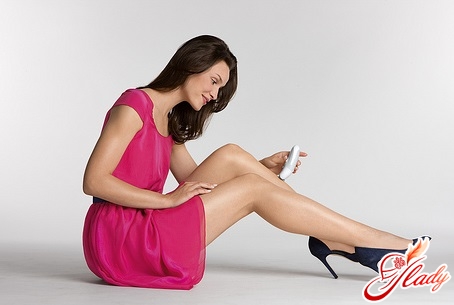
Most of the female representativesagree that after epilation, the legs begin to resemble a battlefield. Skin irritation in the form of red dots is the end of the epilator's fight with the hair on the body. Of course, after some time, the redness and irritation will pass, the skin will remain smooth, but soon these hated hairs will appear again. And you will have to go through all the torment again. And it would seem possible to get used to this vicious circle, if not for one very unpleasant fact - ingrown hairs after epilation.
Hair removal and ingrown hair
They occur because hair deteriorates over time.after numerous epilations, they become thinner, weaker, curl up and can no longer break through the epidermis, continuing to grow under the skin. This phenomenon is unpleasant because it can contribute to redness of the area, itching, inflammatory processes, leaving behind pigment spots. Ingrown hairs cause particular inconvenience to girls with white skin, through which dark spots begin to shine through. Be that as it may, the appearance of hairs that have grown under the skin indicates that epilation is being done incorrectly. In this sense, hair removal procedures in a salon are safer than epilation at home. A qualified specialist can choose the right angle for epilation and ensure high-quality disinfection. All this minimizes the possibility of ingrown hairs.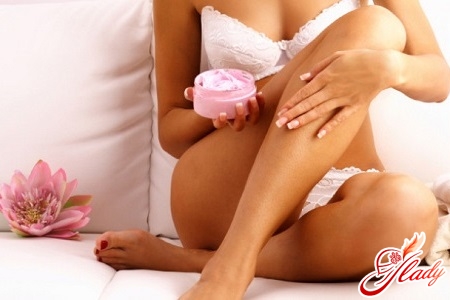
10 basic rules
With laser and photoepilation, the fact of ingrowthhair is completely excluded. But not every woman can afford such procedures. They are quite expensive. Several sessions will be needed to completely kill the hair follicle. In addition, such types of epilation are unacceptable for women with dark skin, a large number of moles, during pregnancy and breastfeeding. But what if epilation in a salon is not available for some reason? How to avoid ingrown hairs? Strict adherence to certain rules will help to avoid this problem.
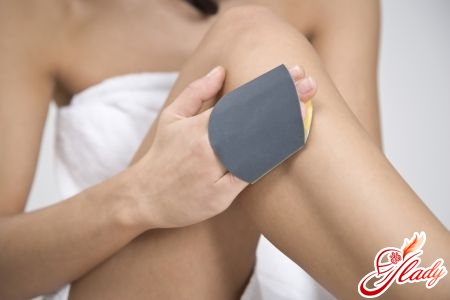
Procedure for the removal of ingrown hairs
The main reason for ingrown hairsis caused by their thinning and growth at the wrong angle due to frequent epilation. As a result, the hair tries to break through the epidermis in the wrong place. The result is inflammation. The following can help in the fight against ingrown hairs:
- scrub;
- tincture of calendula;
- badyaga;
- alcohol;
- a means that promotes wound healing.
The process of removal:
- at the very beginning you need to get rid ofdead skin particles. For this, you can use a hard scrub. The scrub should resemble a cream or paste and have a thick consistency. A liquid and light product will not do any good. The scrub should be used not only before epilation, but also in between - 1-2 times a week.
- after that, it is necessary to dry the skin well, disinfect the area with alcohol and a pre-prepared thin needle with special care to pierce the ingrown hair.
- The hair is carefully removed with tweezers or a depilator. The site of the operation is again treated with alcohol.
Advice.Calendula tincture is good for disinfection. It disinfects and at the same time promotes rapid healing of small wounds. It is also effective for purulent and inflammatory processes. Calendula is an inexpensive remedy that can be found in any pharmacy. Experts say that after removing unwanted hair, your legs should remain dry for a long time, since a humid environment promotes the proliferation of bacteria, which in turn leads to skin inflammation. Therefore, you should refrain from swimming for 1-2 days.
Pigmentation disorder
The issue of spots left on the skin from ingrown hairshair, undoubtedly worries many women. These spots appear at the points of inflammation of the hair canal. The main problem is that suppuration can be constantly repeated. As a result, the marks spoil the appearance of the legs for years, and they no longer look well-groomed and attractive. To get rid of the marks, you need to speed up the skin regeneration process. For example, you can use a gel containing badyaga. Badyaga is used in the periods between hair removal procedures. However, you should not get carried away with too frequent use, because badyaga increases blood flow, which in addition to rapid healing also leads to accelerated hair growth.
Epilation with wax
If constant use of the epilator has led toto the appearance of ingrown hairs and stains from them, then a good alternative would be to replace them with a more effective waxing. Thanks to this method, you can completely get rid of the problem of ingrown hairs. Moreover, the longer a lady uses this method, the less ingrown hairs there will be. Another advantage of waxing is the inhibition of hair growth. They will become softer and lighter. The main disadvantage of waxing is the rather short period between procedures. Therefore, your legs will not please you with their smoothness and silkiness all the time. Waxing is done only when the hair length is 5 mm or more. This option is not very convenient for the summer.
Folk remedies
Ingrown hairs may appear after epilationdue to improper hair removal at home. And then, when removing hair yourself, it may happen that some of it remains under the skin. As a result, such phenomena as itching, redness and inflammation, and subsequently suppuration, may manifest themselves. If something went wrong when removing hair yourself and signs of skin inflammation appeared, you can use various folk remedies that are quite effective in such cases. Baked onion First, a small onion is baked in the oven, after which it is cut into two equal parts. One of the parts is applied with the cut side to the inflamed area and bandaged. You need to walk with such a bandage for about 4 hours. Then, after unbandaging, the part that was in contact with the skin is cut off, and everything is bandaged again. Wear such a bandage until the inflammation completely disappears. Usually one onion is enough. Onions are also baked in dough or boiled in milk, then crushed and applied to the affected area as a compress. Treatment with aloe Aloe is a good remedy for eliminating the inflammatory process caused by ingrown hairs. You need to cut off a large lower leaf, wash it and crush it into a pulp. Then the pulp is placed on the affected area and pressed with a bandage. The bandage must be changed at least once a day until the inflamed areas and abscesses disappear completely. The next method involves cutting the plant leaf into thin slices and squeezing out the juice. The juice can be squeezed out by placing the slices in an improvised gauze bag. The damaged areas of the skin are lubricated with the resulting product. You can also make lotions and compresses on its basis. It is important that the juice is always fresh. And a couple more tips:
- large sea salt. Sea salt is rubbed into pre-steamed skin. This helps to release the hairs from under the skin and prevents inflammation;
- coffee. Freshly brewed coffee can serve as an excellent means for peeling before the beginning of hair removal.
An ingrown hair will not cause much trouble if you take care of it in time. You can’t delay treatment.




